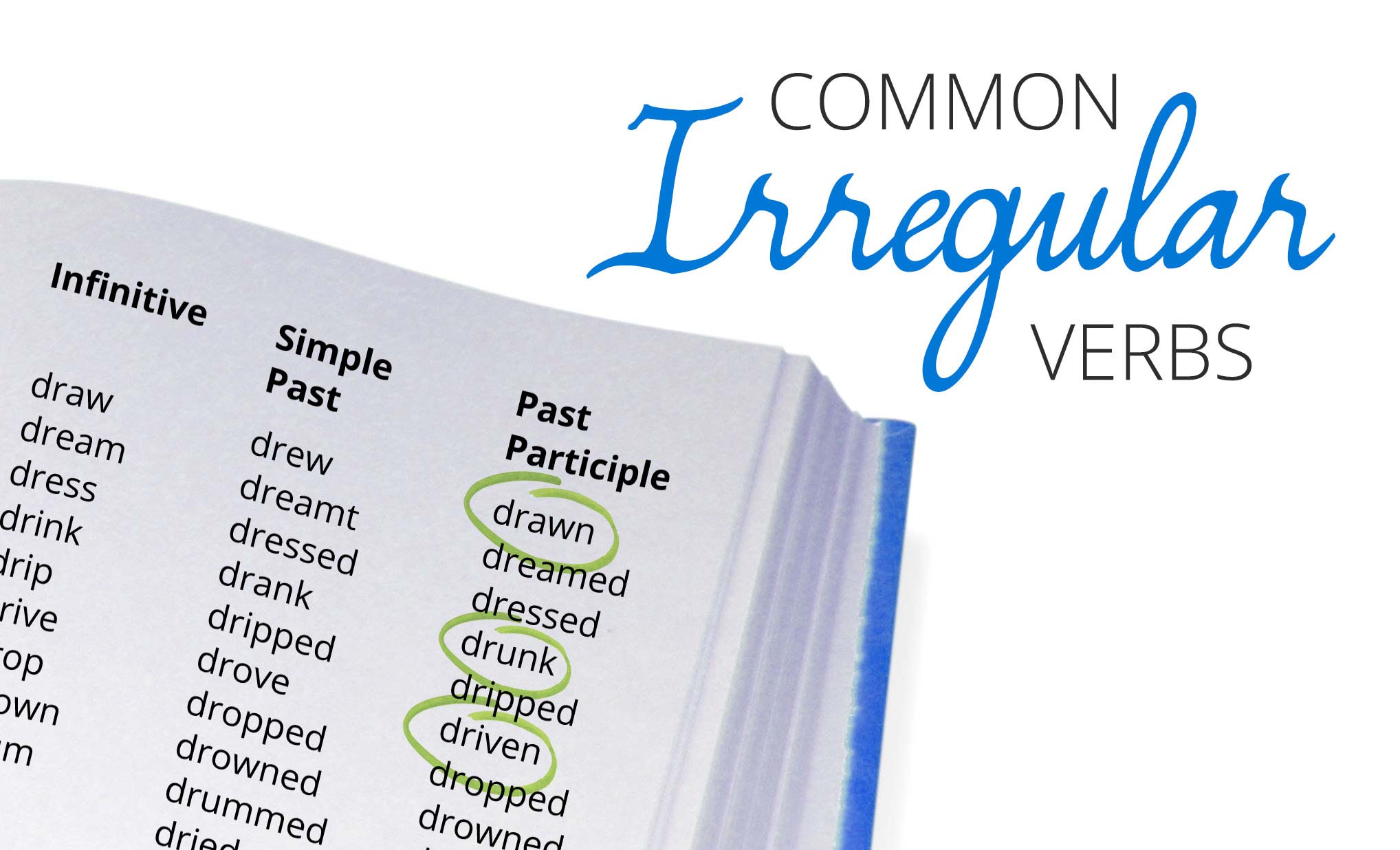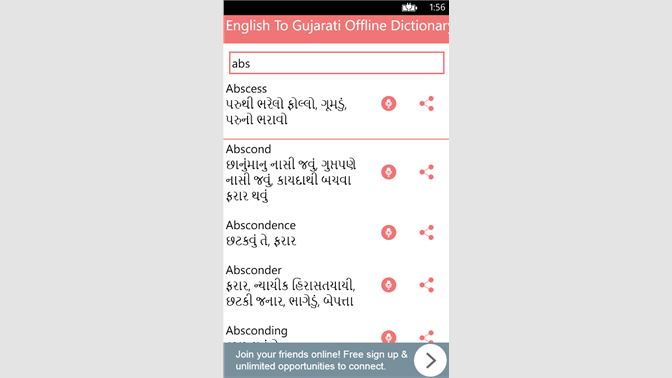Gujarati words can be divided into: (1) Open class and (2) Closed class. Open class consists of nouns, verbs, adjectives and adverbs, while closed class consists of pronouns and other pro-forms, noun adjuncts, verb adjuncts, conjunctions and others. Open Class 2.1 Nouns Gujarati nouns participate in three genders and two numbers.

- Verbs list from A to Z. This lesson is a list of phrasal verbs from A to Z to help you if you are unsure if a word is a verb or not. Please don't try and remember the verbs just use the list as a reference to help you. List of verbs from A to Z. Click on each letter of the alphabet to get the list of the idioms with an explanation of each.
- But my kindly request please post 1000 irregular verbs in pdf form.It will helpful for english learner. December 24, 2017 at 3:56 pm. Its very helpful for my education. December 29, 2017 at 3:41 pm. Very useful thank u. January 1, 2018 at 1:27 pm. Please update some more verbs.
surya ugyo
Formation of the present tense[edit]
The present tense in Gujarati is for most verbs formed by removing the infinitive ending વું vũ, placing a grammatical person marker in its place, and placing the appropriate present-tense form of the verb to be afterwards.
The formula thus follows the lines of:
- [verb stem + personal marker] [form of to be]
For example, for the first person:

- [kar + ũ] [chhũ]
Or in full,
- Hũ e karũ chhũ. (હું એ કરું છું.)
- I it doing am. ('I am doing it.')
The verb to be (હોવું chovũ)[edit]
The verb હોવું is irregular both in its stem (છ chh as opposed to હો cho) and in that it does not take an auxiliary (as it is itself the auxiliary used by all other verbs). Because it is used to conjugate all other verbs, it is essential to know all the following forms.
The forms shown below are the 'forms of to be' mentioned above that are used to form the present tense.
| Pronoun (En) | Pronoun (Guj) | Verb form |
|---|---|---|
| I | હું hũ | છું chhũ |
| you | તું tũ | છે chhe |
| he/she/it | એ e | છે chhe |
| we | અમે ame | છીએ chhiie |
| you | તમે tame | છો chho |
| they | એ e | છે chhe |
Present tense endings[edit]
These are the 'personal markers' mentioned above that are used to form the present tense.
| Pronoun | Personal marker |
|---|---|
| હું hũ | ઉં ũ |
| તું tũ | એ e |
| એ e | એ e |
| અમે ame | ઈએ iie |
| તમે tame | ઓ o |
| એ e | એ e |
Example: a regular verb, કરવું karvũ[edit]
The verb stem is derived by removing -vũ:
- કરવું karvũ → કર kar
| Pronoun | Verb form | Form of to be |
|---|---|---|
| હું hũ | કરું karũ | છું chhũ |
| તું tũ | કરે kare | છે chhe |
| એ e | કરે kare | છે chhe |
| અમે ame | કરીએ kariie | છીએ chhiie |
| તમે tame | કરો karo | છો chho |
| એ e | કરે kare | છે chhe |
Thus we can make such sentences as:
- Hũ (e) karu chhũ. I am doing (it).
- Apņe (kaam) kariie chhiie. We are doing (work).
- Tũ (shũ) kare chhe ? (What) are you doing?
Negative present tense[edit]
The negative present tense is formed completely differently from the positive present tense. It follows the pattern:
- [negative marker] [verb stem + form of tũ]
Note:

- The negative marker can be any one of the following: નથી nathii, ન na, નહિ nahi.
- The form of the suffix તું tũ must agree in gender and number with the agent of the verb (thing performing the action).
For example, if Mayur (a man's name) says, 'I am not doing work,' this is:
- [nathii] [kar + to]
- Hũ (kaam) nathii karto. I am not doing (work).
Forms of તું tũ[edit]
The various gender forms of તું tũ are:
See Full List On Sharaxp.weebly.com
| Singular | Plural | |
|---|---|---|
| Neuter | તું tũ | તાં tãã |
| Masculine | તો to | તા taa |
| Feminine | તી tii | તી tii |